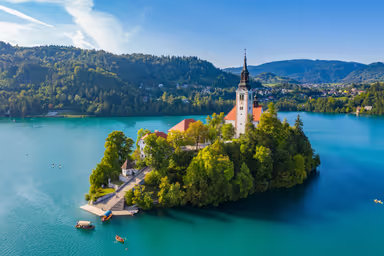Map view
Lake Bled
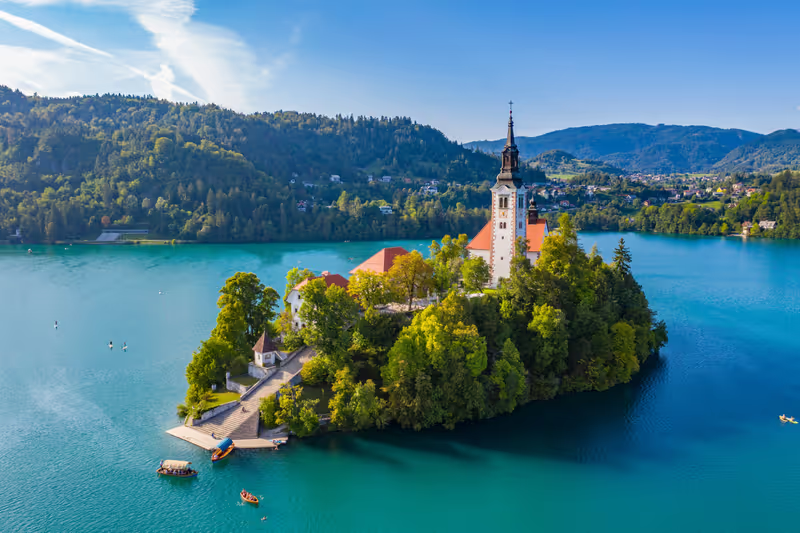
- Lake Bled is a glacial lake located in the Julian Alps, adjacent to the town of Bled
- The lake is renowned for its scenery, featuring a small island at its center, which is home to a historic church, and a medieval castle perched on a cliff overlooking the water
- The island features the Church of the Assumption and the nearby Bled Castle, which offers panoramic views of the lake and surrounding mountains
Vintgar Gorge, Bled

- Vintgar Gorge is a natural attraction located within Triglav National Park
- The gorge has been carved by the Radovna River, which flows through the gorge, creating a picturesque landscape characterized by crystal-clear waters, high cliffs, and small waterfalls
- A wooden walkway, originally built in 1893, allows visitors to traverse the gorge
Lake Bohinj
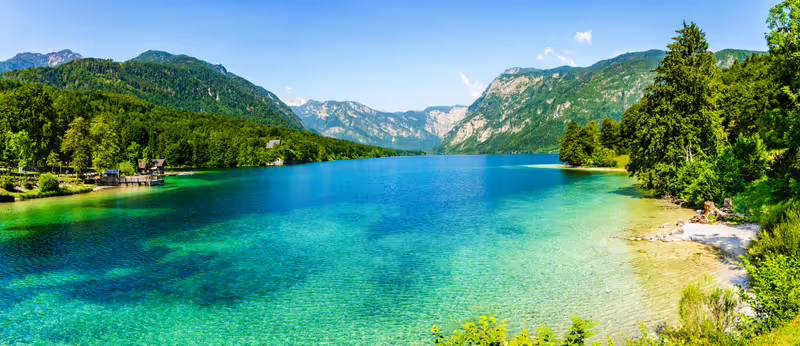
- Lake Bohinj is the largest permanent lake in Slovenia, located within Triglav National Park
- Nestled amidst the Julian Alps, Lake Bohinj is renowned for its crystal-clear waters, and outdoor recreational opportunities
- It serves as a popular destination for activities such as hiking, kayaking, and swimming
Ljubljana Old Town
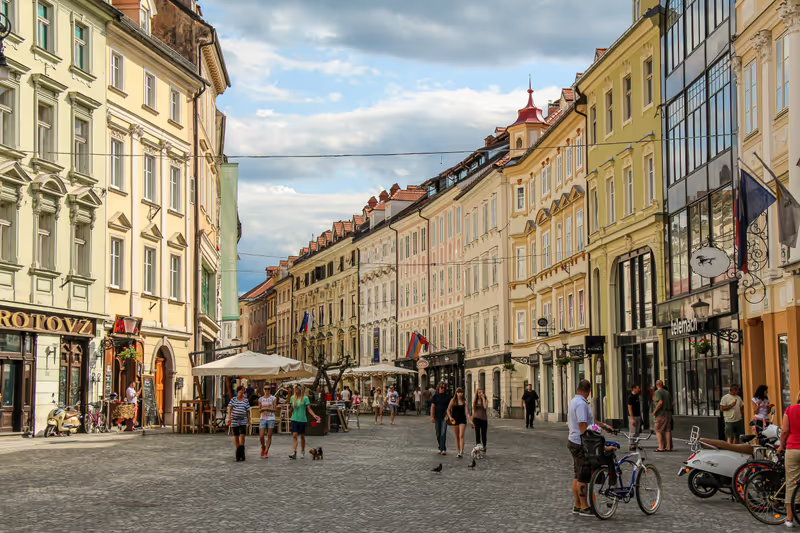
Best time to visit: April-May, Sept-Oct
- Ljubljana Old Town is the historic center of Ljubljana, features a blend of architectural styles, including Gothic, Baroque, and Austrian influences
- The Old Town is characterized by its cobbled streets, cafe culture, and numerous museums
Postojna Cave
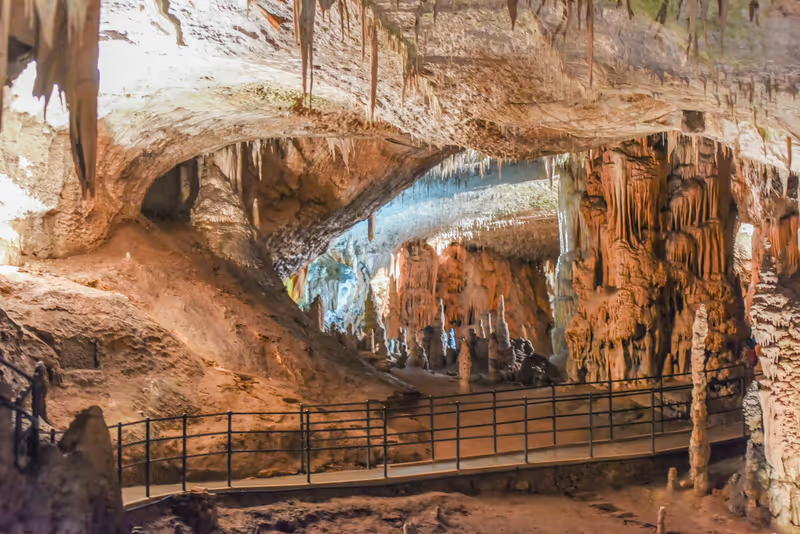
- Postojna Cave, also known as Postojnska Jama, is a karst cave system that is the second-longest cave system in the country and one of the largest karst monuments in the world
- It is Slovenia's most famous tourist destination, attracting visitors with its rock formations, vast chambers, and underground ecosystems
- The cave is noted for its biodiversity and is home to various cave-dwelling species, including the famous olm, a blind amphibian also known as the "human fish"
Predjama Castle
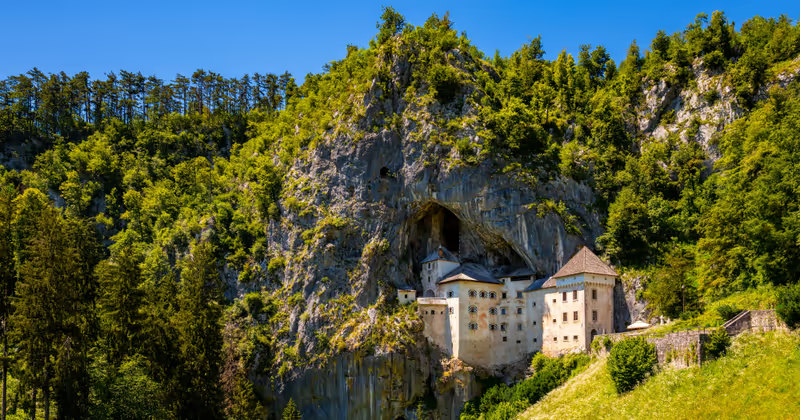
- Predjama Castle, known as Predjamski Grad in Slovene, is a Renaissance castle located in the historical region of Inner Carniola
- It is uniquely built into the mouth of a cave, perched on a 123-meter-high cliff
- This architectural marvel has stood for over 800 years, with its origins dating back to the 12th century
- The site features a complex of caves that extends for approximately nine miles
